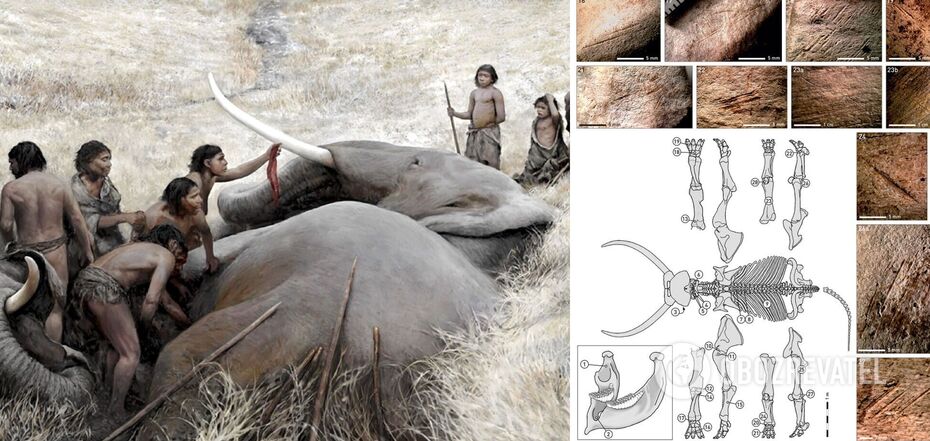Life
A startling fact about Neanderthals revealed: details of the discovery
Neanderthals were a "parallel humanity" that coexisted with Homo sapiens in Europe for several millennia and died out about 40,000 years ago. These mysterious hominids are of great interest to scientists, because they definitely interacted with homo sapiens and we are still carriers of a small part of their genes. And recently, scientists managed to uncover another of their secrets, which turns our understanding of Neanderthals upside down.
Science Advances published an article that argues against the notion that these creatures were poorly organized and lived in small groups of no more than a few dozen individuals. This low socialization was considered one of the probable reasons for the extinction of Neanderthals. They allegedly lost the evolutionary struggle to intelligent humans, who learned to interact with hundreds of contacts, organized themselves into primitive societies, were able to survive more efficiently, and won the battle for resources against their neighbors.
However, the study authors pointed out that in the 1980s, near the town of Neumark in Germany, archaeologists found the remains of Neanderthal camps about 125 thousand years old, and near them the bones of Palaeoloxodon antiquus - extinct European forest elephants, which were about twice as large as modern African. In total, scientists were able to dig up the remains of about 70 animals.
As the team of researchers from the MONREPOS Center for Archaeological Research led by Sabine Godzinski-Windhauser found out, traces on the bones of animals indicate - Neanderthals hunted them and ate their meat. And they carefully removed with stone tools absolutely everything that was edible, leaving nothing even to scavenger animals. Such conclusion was made after studying more than 3,400 bones. But if Neanderthals really lived in small groups, they could not have needed so much food.
Elephants, which reached four meters or more in height, could provide food for a week to a group of about 350 Neanderthal individuals. And 100 members of that species could consume that amount of meat in a month. A group of a couple dozen hominids simply would not have had time to eat a giant elephant before its remains began to decompose. Consequently, researchers suggest that Neanderthals lived in large groups.
Another assumption made by archaeologists on the basis of these data rejects the notion of low organization of the species. After all, hunting such a large animal requires great coordination and organized actions.
Scientists have suggested that Neanderthals could have lived in such large groups not all the time, but only periodically gathered for the same, for example, elephant hunting. Although it is possible that they coexisted in groups comparable in number to homo sapiens and on a permanent basis. One way or another, not only does this not bring us closer to the solution of the cause of disappearance of Neanderthals, but it also raises new questions for scientists.
Previously OBOZREVATEL told about the Swedish biologist Svante Paabo, who invented a way to decipher Neanderthal DNA and shed light on humanity's past and the connection with our extinct cousins. Last year he won the Nobel Prize in Medicine for his invention.
Subscribe to OBOZREVATEL channels on Telegram and Viber to keep up with the latest developments.



























